Paperwork, even in electronic form, is a fundamental part of healthcare and healthcare economics. Medical records are essential for tracking the treatments and medications a patient has received and what doctors and hospitals can bill for.
As medical records increasingly become digitized, encounter forms have become important documents. They track billable treatments to ensure accurate and comprehensive medical billing.
A fundamental fact of healthcare economics in the United States is that doctors and other medical providers charge for each service they perform. That’s why you see charges for every aspirin given to a patient, each injection, and every single test.
There’s talk of eventually shifting medical billing to a single universal charge per patient, the idea being to pay physicians for keeping people healthy instead of for each service they perform, but for now that’s still just an idea.
There are thousands of standardized procedure and diagnosis codes to document medical services, but general practitioners and specialists alike typically use a discrete subset of codes for the services their practice provides.
Encounter forms document where and when services are rendered. By noting the diagnosis and procedure codes, as well as the date of service, physicians and other medical care providers create the basis for accurately billing both insurance and individual patients for those services.
Before the advent of electronic medical records, encounter forms were preprinted paper forms that listed the typical diagnosis codes used in a particular practice. Digital forms work in a similar way. For instance, Jotform has a patient encounter form template that any medical practice can customize.
Every consultation, without exception, should be recorded on a patient encounter form. But these forms aren’t simply checklists that insurance companies require busy frontline medical personnel to complete.
Patient encounter forms are the result of a well-run patient management system, from scheduling to billing. The forms should be ready for clinicians when they begin their workday.
The patient encounter form tells medical staff the patient’s name and date of birth, which is used to confirm patient identity before every procedure. However, a lot of information essential for billing isn’t relevant to the doctor-patient interaction, such as the medical record number or whether the service was provided at the doctor’s office, via telehealth, inpatient, outpatient, etc. Those items should already be completed before the clinician even sees the form.
Additional information needed on a comprehensive encounter form includes
- A procedural code and description of the service provided
- Which resident or residents were involved (if applicable)
- The diagnosis code or diagnosis narrative at the time of the appointment
- Space for any special billing instructions or to document any reasons for a billing exception
- The name of the provider
- Space for the provider’s signature
- The date the form was signed
Submitting the information on the encounter form into medical claims software allows practices to automate the billing and insurance claims process. It’s crucial to record the correct information to protect the health of the patient, for studious treatment planning, and, not least, for accurate billing. These are the reasons why encounter forms are such a key component of contemporary medical record keeping.
Recordkeeping and billing systems that integrate electronic encounter forms significantly improve the efficiency of medical practices while also improving revenue through better billing and insurance claim management.
Electronic encounter forms, such as those offered by Jotform, make it possible to automate information sharing between the electronic health records (EHR) and patient management software. The EHR automatically inserts billing codes and diagnoses into treatment progress notes, while billing codes are automatically transferred to the billing system. This dramatically speeds up the billing process.
Each practice works differently and follows different routines. That’s why billing must be customized. But the improvement in billing and recordkeeping efficiency, plus the reduced workload for staff, quickly recoup the cost.














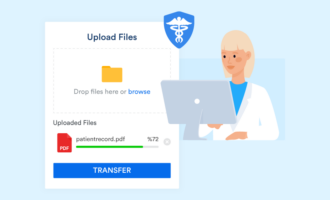








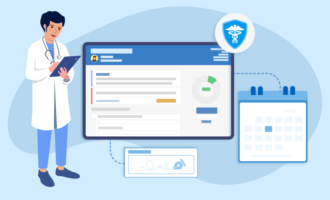
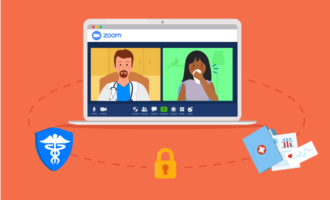














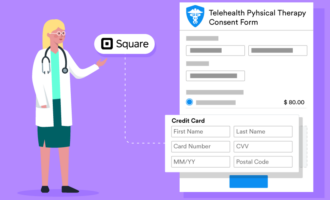


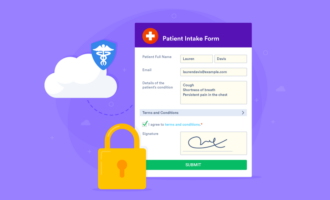







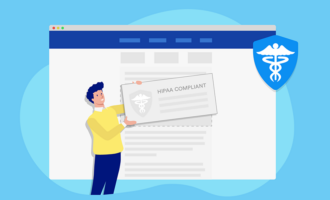


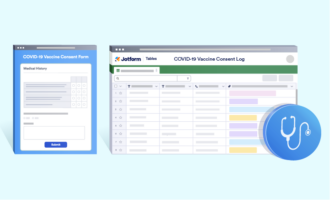

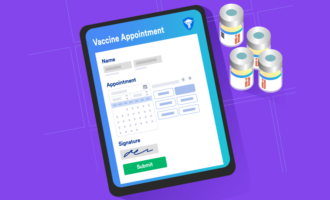










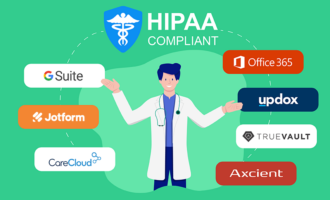




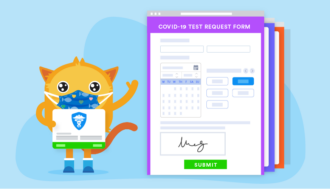


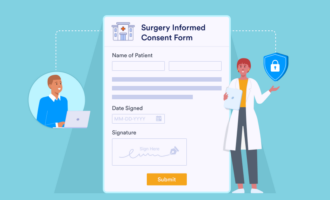




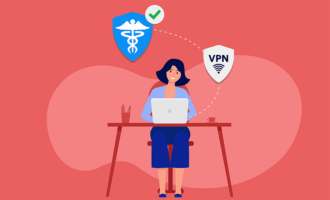
























Send Comment:
2 Comments:
More than a year ago
thanks for sharing
More than a year ago
Thank you for sharing this information great help.